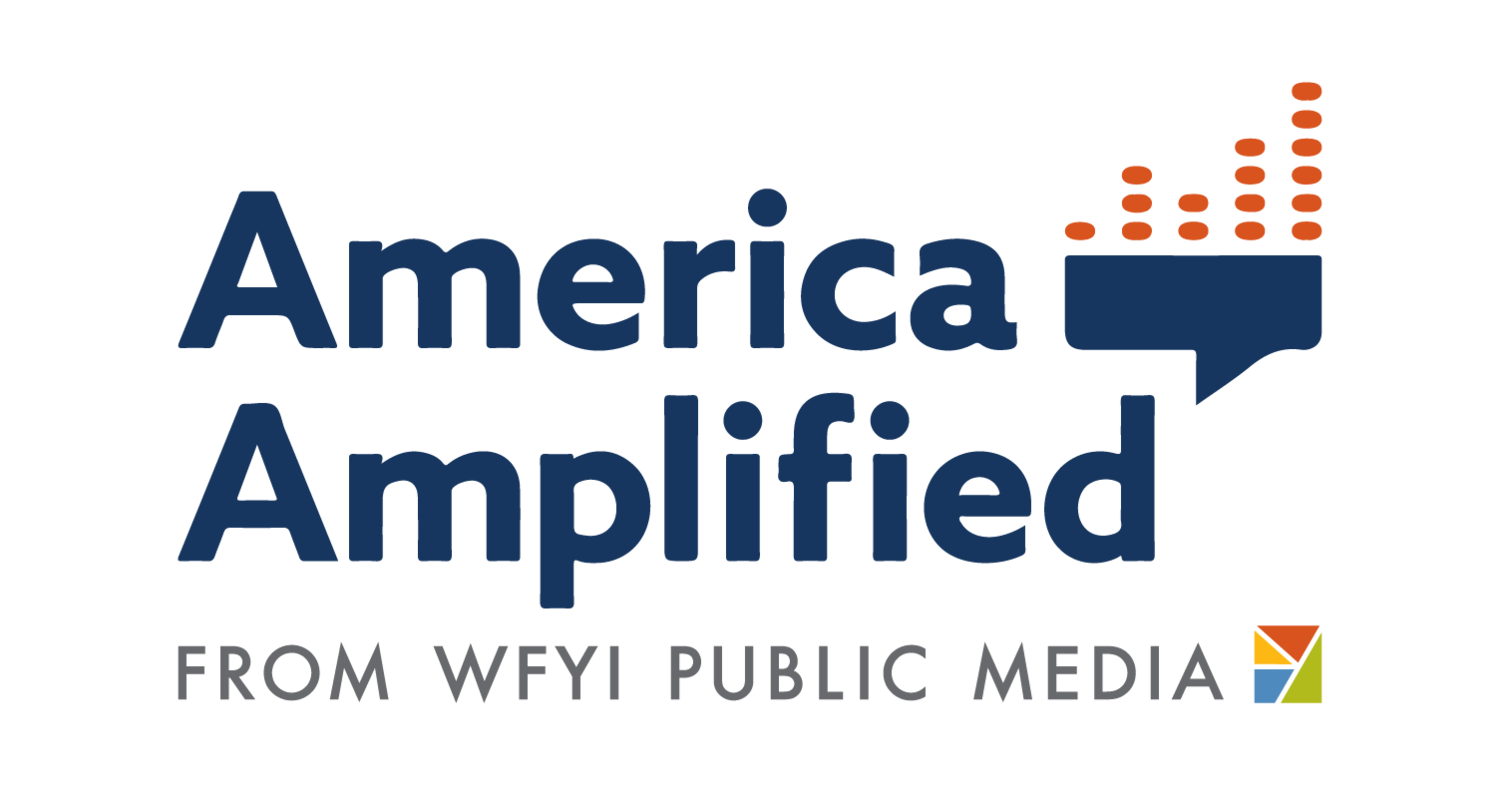WNIJ's commentary segment ‘Perspectivas’ shares essays for Spanish speakers, by Spanish speakers
Sadie Marks, DeKalb High School
At WNIJ, Perspectivas has been the centerpiece of their community engagement; their new commentary segment. In a series of essays by and for Spanish speakers, they’ve been able to share stories that reflect the heart of the Latinx community in Northern Illinois. News Director Jenna Dooley tells us how the project came together and how it fits with the rest of their Spanish language initiatives.
Tell us who you are, and share a brief summary of the reporting project?
I’m Jenna Dooley, news director at WNIJ Public Radio in DeKalb, Illinois.
How did community engagement inform your reporting?
We started with a foundation of engagement instead of trying to tack it on later (which can sometimes be done unintentionally when wanting to get a new project moving quickly.) That’s because weaving in engagement takes more time on the front end, but the ripple effect of starting with an engagement mindset is worth the investment long-term. So we started with a very simple premise of our pillars: news, ideas, events. Easy to explain as we started with early collaborators who already are familiar with public radio. The simplicity can help them explain it “in the field” to their circles of influence and so on. As that early content starts to publish, it reaches a new tier of audience who benefit from seeing the vision fully formed and then they feel comfortable engaging with an entity like public radio which may be new to them.
How did you build trust in the community you were reporting on?
Community engagement is the centerpiece of our new commentary segment called “Perspectivas.” We had a strong model coming in with our English version “Perspectives” that we air daily with a panel of regulars and guest authors. Using this model, one of our regular Perspective authors is also an integral faculty member in the local university’s Spanish language department. Since she knows the structure and freedom of the Perspectives model, we asked her to prepare an essay geared toward our new audience as a way to “show and tell” our vision for this project. We were blown away by her commitment to this project’s success. She is weaving it into her classes to help students learn translating as well as to capture their ideas in a cohesive way. In addition to her own work with the folks in her circle, she quickly put us in contact with other members of the Spanish-speaking community in the university and beyond in the community. She has provided a wonderful introduction and then our engagement producer follows up with a face-to-face or virtual meeting with the new stakeholder.
We also had a brainstorm since this is a digital-first initiative to make it very visual. Instead of relying on stock images to accompany the essays, we seek to engage local artists to absorb the essays and then create a visual. We knew of a talented artist who is a student at DeKalb High School. She will be studying graphic arts in college so we explained the pillars of our project overall and then sent her the first essay in English and Spanish. In about two weeks, she was able to create a visual that perfectly encompasses the spirit of the essay. Paired together, they provide new ideas through artistry and thought. Now that we have this initial post, we are reaching back to folks who showed interest in collaborating to get more essays and pair them with more artists and their circles as well to engage with what we hope is a snowball effect of engagement through strategy, show and tell, and continued trust-building throughout this process.
How are you bringing this reporting back to the community?
We plan to gather essays on a rolling basis, but use the next month to build a series so that we can take this site public in May through marketing through bus signs, tote bags, and live mobile studio events so that people will find a variety of resources when they visit for the first time and will want to keep coming back to the site and contribute on their own too. We are working with Hearken to build embeds with a variety of easy-to-engage opportunities in addition to the essays. For example, we are building a weekly music playlists of submissions to share music as well as a recipe section on Instagram with people submitting family recipes with visuals and even an in house “test kitchen” where we will make the recipes that have been submitted and then share out the visuals to encourage more people to share their recipes with us. In our early stakeholder meetings, we kept hearing that food and music are universal languages that could really be of interest to the new audience we seek to engage with.
What lessons do you take away from this project in terms of strengthening your engagement?
It has been fairly easy to come up with big picture ideas. Following up when it gets to the details with a large number of busy people is the challenge for which we have needed to stay very organized and meet regularly so that none of our ideas fall to the wayside. They don’t just magically happen on their own, so we have kept each other accountable. We also have been strategic and intentional in building a team and that meant new hires. Thanks to America Amplified, Report for America, and the efforts of my station manager, we have dedicated resources to this project instead of spreading people thinner. But we need to continue to seek financial ways to sustain this project since traditional fundraising and underwriting revenue can be a challenge during a time of pandemic and global conflict.


